How to Keep Staff Protected While on Site
There was an average of 61,000 non-fatal injuries to construction workers per year over the past three years, Government statistics report. It’s true that construction sites are dangerous places to work, but many of these incidents can easily be avoided with some safety, forethought and care.
As a site manager, project manager or construction company owner, you will have a responsibility to ensure that workplace accidents are kept to a minimum. This article lists the top six ways to keep staff protected on site.
Training
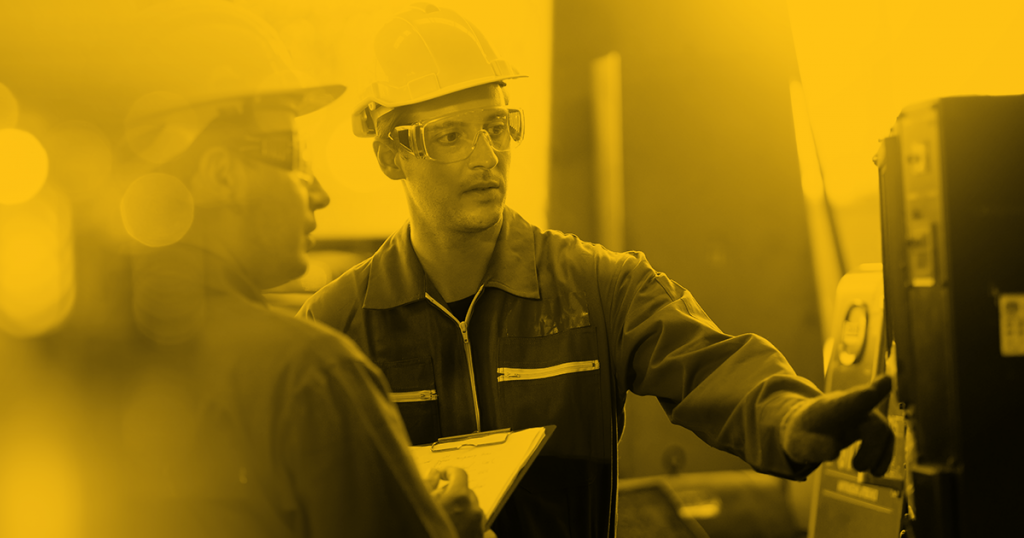
Training is critical for ensuring that everyone knows how to act responsibly on site. It is your responsibility to make sure that everyone working on site is trained to the required standard for their role. Not only will this help to keep everyone safe, it will also lead to a higher and more efficient standard of work.
PPE
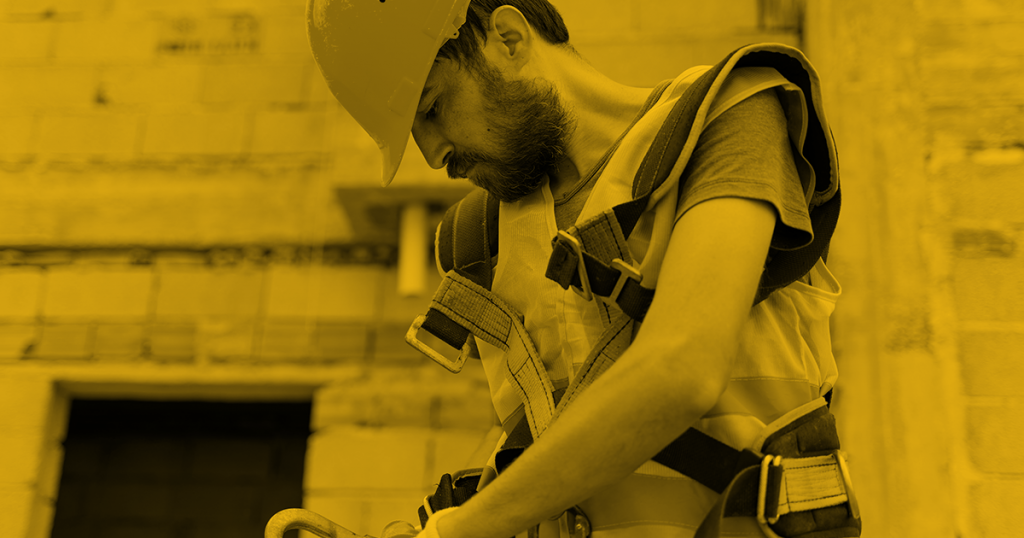
Personal protective equipment (PPE) enhances visibility and provides layers of protection. All workers on site should have appropriate PPE. This includes hi-vis jackets, hard hats and safety boots.
Signage
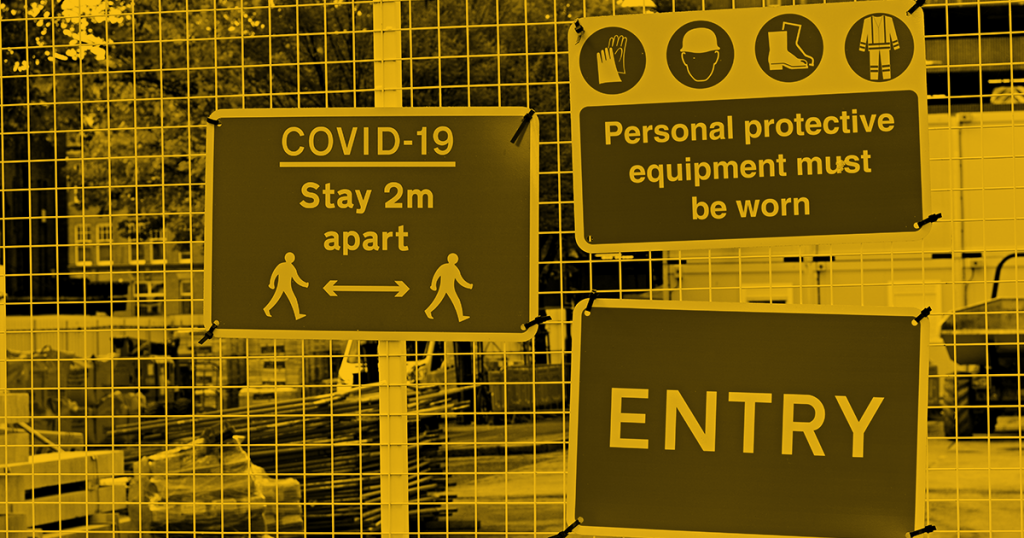
All staff should be familiar with the various signage around the worksite. Signs are key to alerting staff to hazards and preventing accidents. The site manager must ensure a risk assessment is conducted to identify which signs need to be placed and where they need to go. These should be put in place before work is started for the day.
Equipment
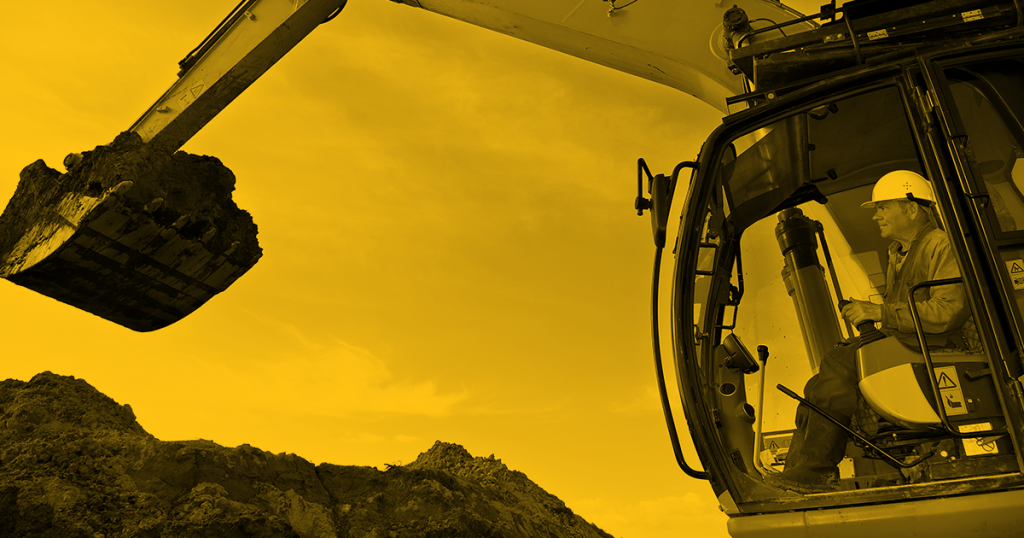
All the equipment used around the site should be used appropriately, and staff should only handle equipment if they are competent to do so.
Guard rails, scaffold ties and machine guards must never be removed, and staff should seek authorisation before tampering with any piece of equipment.
All equipment should be visibly checked for any signs of wear or damage. Equipment must be in good condition and safe to use, otherwise it should be removed from site.
Only 110v equipment should be used on site. 240v equipment can only be used in special scenarios and requires prior authorisation from management.
Communication
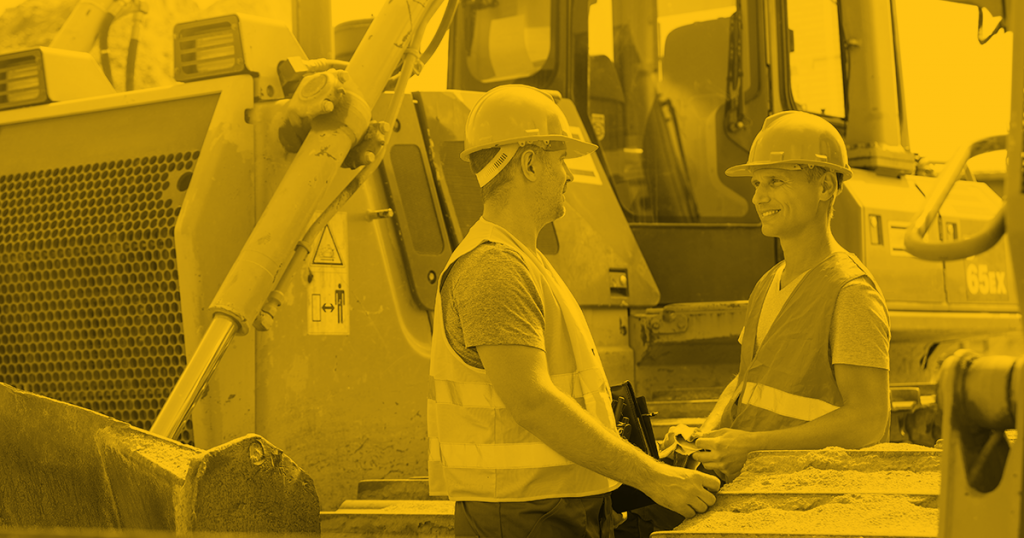
Sometimes, safety is as simple as open communication. As a site manager, you should be encouraging communication between staff so that everyone is aware of what others are doing at all times.
Communication can be achieved with daily briefings at the beginning of the day or by using walkie-talkies for employees to keep in touch.
Clearing debris
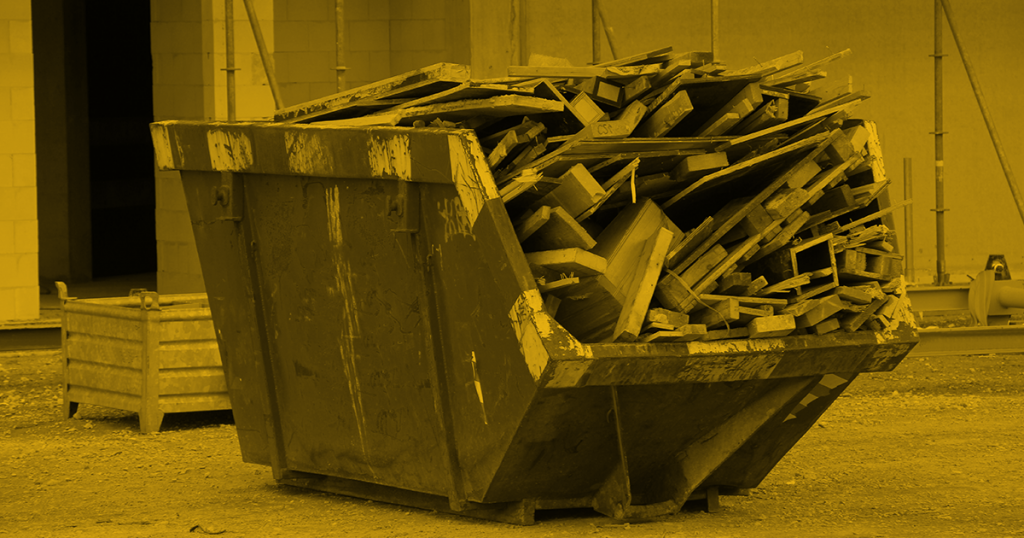
Slips and trips account for around 30% of major injuries on construction sites, many of which were caused by debris or spillages that hadn’t been cleared. An assessment of the site before the day will help identify debris that could become a hazard. Spills that can’t be cleaned up immediately should have the relevant signage placed nearby. It’s especially important to check access areas and escape routes.
Hitchcock & King is London’s leading builder and timber merchants. We stock a wide range of products from many of the world’s leading brands. From builders materials to ironmongery and tools, we have everything you need for a safe and efficient workforce.
Contact our team today to place your order.
